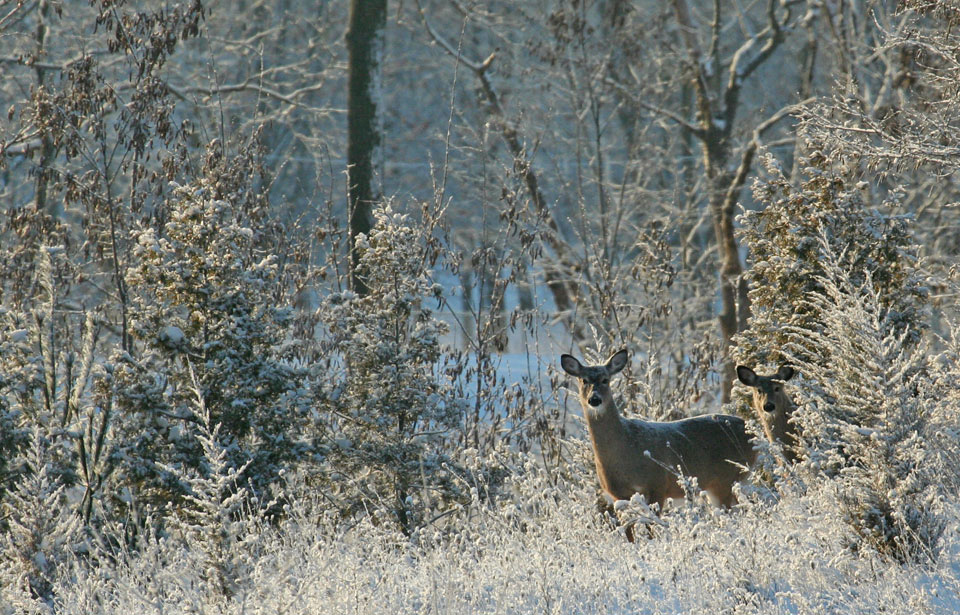We may never again know the Prairies as they once were: vast, living carpets of green and gold, speckled with wildflowers, inhabited by millions of birds and beasts, punctuated by countless potholes and slow-moving streams that meandered across the land.
Prairie wetlands and streams still provide food and shelter for one of the most diverse communities of wildlife on the planet. Deer use shoreline shrubs as cover, waterfowl nest in upland grasses, weasels hunt along the edges of water bodies, and flycatchers streak above cat-tails in pursuit of wetland insects.
But vast stretches of native grasslands have vanished under the farmer’s plow or developer’s bulldozer, along with two-thirds of potholes. Many prairie streams have been straightened to prevent floods or to irrigate crops. And cattle have destroyed shorelines by grazing vegetation to the ground, trampling banks, and fouling water with their waste. The following projects will help you protect wetlands and streams on prairies and in other rural areas.
Promote Shoreline-friendly Cows and Crops
Most farmers and ranchers know the value of healthy shorelines and clean water, not only for wildlife but also for cows and crops. But often a wetland or stream is the sole source of water for livestock, and growing crops to the water’s edge is more profitable, in the short run, than planting a buffer strip.
Promote the coexistence of wildlife and agriculture. Start a rural awareness campaign to keep shoreline health in people’s minds, while ensuring sustainable agriculture.
- Persuade landowners to set aside wetlands and streams as protected wildlife habitat. Most waterfowl breed on private farmland, and many migratory birds could not survive without rural wetlands as stopover sites.
- Promote cropland conservation techniques that help farmers protect naturally vegetated banks, preventing the run-off of fertilizers and pesticides into water bodies and minimizing damage to wildlife habitat.
- Urge ranchers to fence off fragile wetlands and watercourses to exclude cattle or allow only limited access to shorelines. Enhance the habitat value of fences by turning them into living fence rows.
- Inform ranchers about alternative water-delivery systems, like wind-, stream- and solar-powered pumps, which enable cattle to stay on dry land. Recommend alternative grazing sites on higher ground away from shorelines.
- Volunteer to help farmers and ranchers plant shoreline buffer strips at least 10 m wide to prevent bank erosion and to protect water bodies from agricultural run-off. See Restore a Ribbon of Life.



